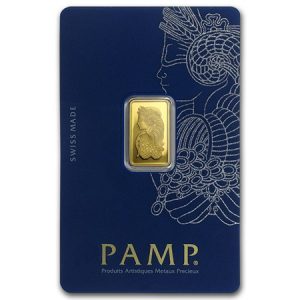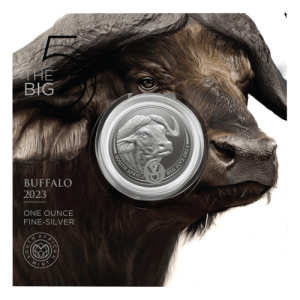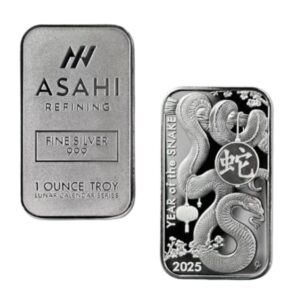White Gold:
White metals like palladium and silver are mixed with pure gold to create white gold. Rhodium is typically used to cover it. Real gold contains other metals as well as gold, but the other metals provide the gold strength and durability. The karat (14K or 18K) and quantity of metal required to make white gold determine its price.
Advantages of white gold:
- White gold is less expensive than platinum.
- More people are buying it now than yellow gold.
- It is more durable and scratch-resistant since it is constructed of metals that are stronger than yellow gold.
- Diamonds are considered to be complementary with white gold.
Disadvantages of white gold:
- White gold frequently contains nickel, which in some cases can cause allergic reactions. White gold is not hypoallergenic unless it is combined with alloys containing metals other than nickel.
- The rhodium plating ages and needs to be changed every few years in order to keep its colour and lustre. The procedure is simple and affordable. This service is free and provided by many jewellers.
Yellow Gold:
Pure gold and alloy metals like copper or zinc constitutes yellow gold. The amount of pure gold in the jewellery will depend on its karatage. A higher gold content is indicated by higher karats.
Advantages of yellow gold:
- Yellow metals are appropriate for vintage settings because they were historically used for wedding and engagement rings.
- When working with metals, yellow gold is among the most malleable and simple metals.
- Among the three gold hues, this one is the most hypoallergenic.
- It is the purest form of gold.
- It is easy to pair with colourless diamonds.
Disadvantages of yellow gold:
- It should be frequently polished and cleaned.
- It is susceptible to scratches and dents.
- There are some yellow gold varieties that can be more difficult to match.
Points of difference between white gold and yellow gold:
-
Appearance:
Gold is typically thought of as yellow gold. The lustre of white gold is white, and it is more silvery than gold. Almost any type of stone and style look fantastic with yellow gold. It is ageless, hospitable, and warm. Despite its eternal nature, white gold has a colder tone than other metals.
-
Durability And Maintenance:
Yellow gold is more prone to dents and scratches due to its high gold content. By routinely polishing and buffing it, it can be brought back to its previous luster and splendor whereas white gold is slightly more resistant to wear and tear than yellow gold.
-
Cost of the metals:
Compared to other metals, white gold and yellow gold are both inexpensive and easily accessible. White gold and yellow gold are of higher grade even though they are more expensive than silver. If you prefer the appearance of platinum, white gold can be utilised because it is significantly less expensive.
-
Behavioral pattern:
If you’re picking between yellow gold and white gold rings, your lifestyle should be taken into account. If you tend to be hyperactive, you shouldn’t pick an 18K gold ring. It can be more readily damaged and is more likely to be damaged. You can choose a white gold ring which is free of nickel alloys, if you have a nickel allergy.
-
Individual Preferences:
If you wear gold jewellery often, a yellow gold engagement ring is an excellent option. It will complement all of your other beautiful jewellery and look fantastic. If you wear a lot of silver jewellery, white gold can be more appealing. While some coloured diamonds look more beautiful when set in either yellow gold or white gold, some look better in both.
 Hi,
Hi,











